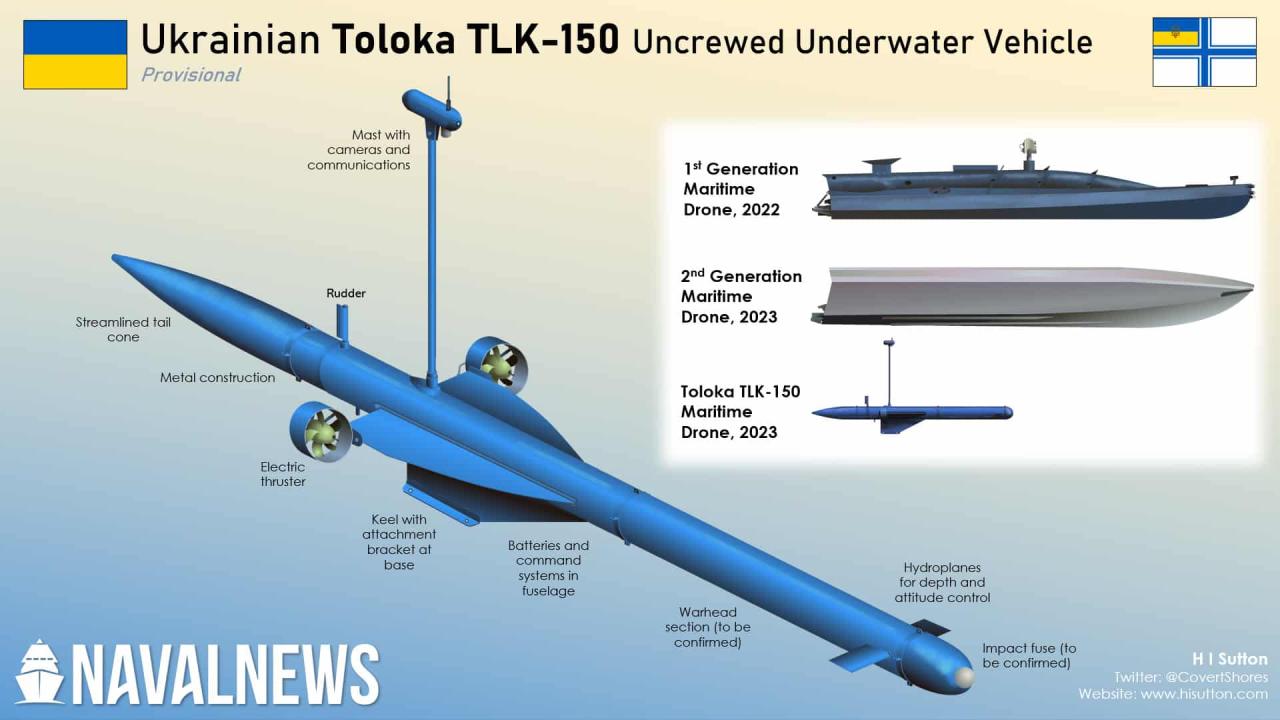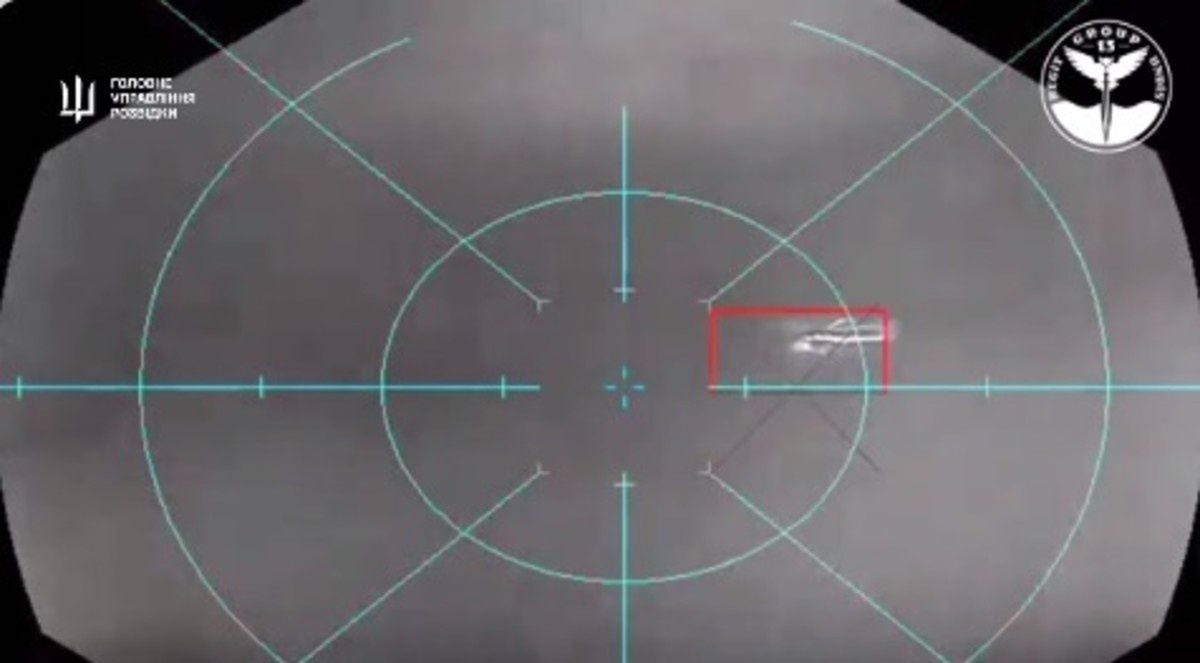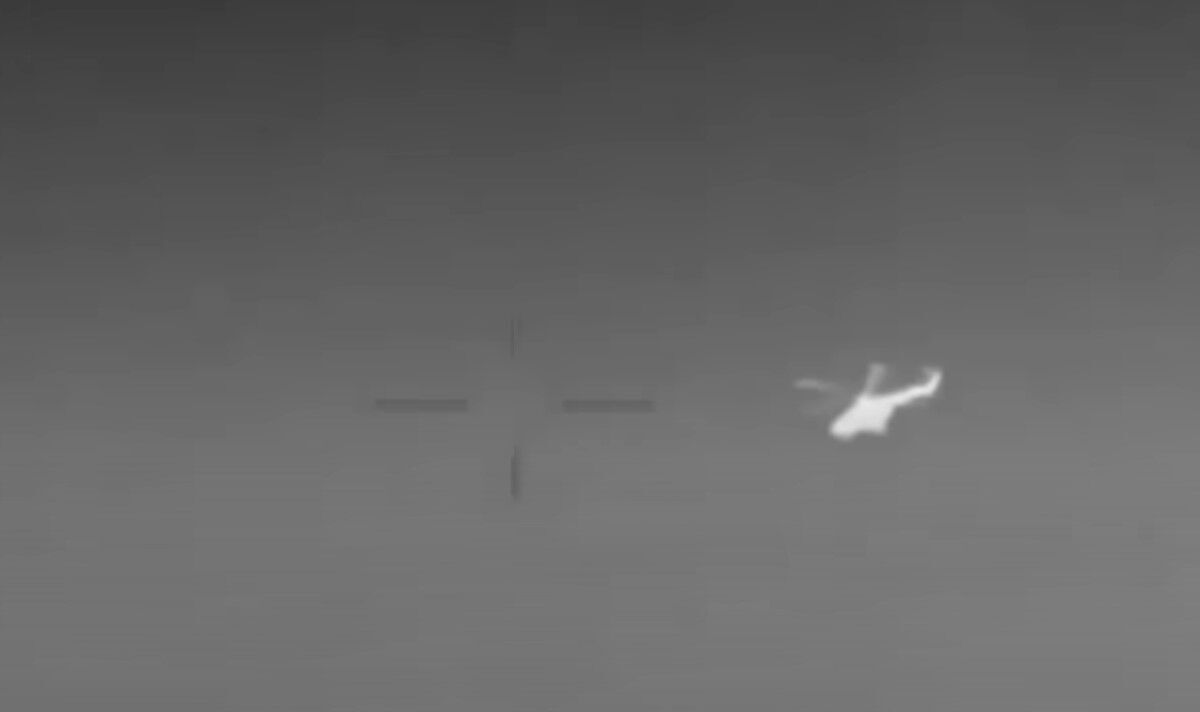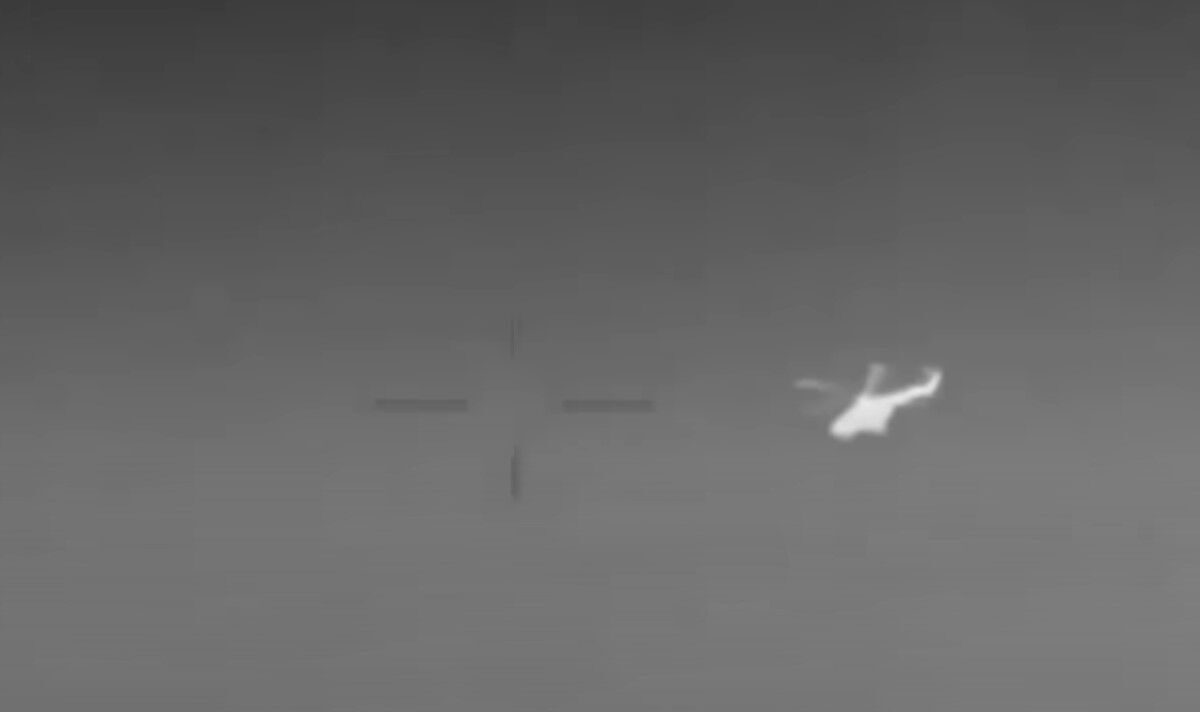Ukrainian sea drones are rapidly changing naval warfare. These unmanned vessels, ranging from small, expendable craft to larger, more sophisticated platforms, are proving surprisingly effective in the ongoing conflict. This exploration delves into their technical specifications, operational capabilities, and impact on the battlefield, examining both their successes and limitations.
We’ll explore the diverse designs employed by Ukraine, their deployment strategies, and the technological innovations that underpin their effectiveness. We’ll also consider the broader implications of this technology, including its potential for proliferation and its influence on future naval conflicts. Get ready to dive into the world of these fascinating and impactful weapons systems.
Ukrainian sea drones are making waves in naval warfare, proving surprisingly effective against larger vessels. Want a break from that serious stuff? Check out how many episodes in squid game 2 to see how many nail-biting chapters await. Then, get back to learning about the innovative tactics and designs behind these unmanned naval weapons – it’s a fascinating blend of technology and strategy.
Ukrainian Sea Drones: A Technological and Tactical Assessment

The ongoing conflict in Ukraine has witnessed the innovative and effective deployment of unmanned maritime systems, specifically sea drones. These relatively inexpensive yet impactful weapons have significantly altered the dynamics of naval warfare, showcasing their potential as game-changers in both offensive and defensive strategies. This analysis delves into the technical specifications, operational capabilities, impact, and future potential of Ukrainian sea drones, alongside their broader international implications.
Technical Specifications of Ukrainian Sea Drones

Ukraine utilizes a variety of sea drones, each designed for specific missions and possessing unique capabilities. While precise details remain classified, publicly available information and open-source intelligence allow for a general overview. These drones vary considerably in size, propulsion, payload, and range, reflecting their diverse roles.
| Type | Size | Propulsion | Payload/Range |
|---|---|---|---|
| Small, expendable drones | Several meters in length | Electric motor, possibly with jet propulsion | Small explosive charge, limited range (tens of kilometers) |
| Larger, reusable drones | Several meters to potentially over 10 meters | More powerful electric motors, potentially hybrid systems | Larger explosive payloads or other munitions, extended range (hundreds of kilometers) |
Technological advancements in Ukrainian sea drones include the use of advanced composite materials for increased durability and stealth, coupled with sophisticated navigation and targeting systems. While lacking the sophisticated AI and autonomous capabilities of some Western systems, they leverage readily available technology and demonstrate effective integration of off-the-shelf components.
Construction materials emphasize affordability and readily available resources, prioritizing durability and resistance to saltwater corrosion. Common materials likely include fiberglass reinforced polymers and various types of hardened plastics for the hull, along with robust electronics housed in waterproof enclosures.
Operational Capabilities and Deployment Strategies
Deployment methods are adaptable and relatively simple. The operational flexibility of these drones is a key advantage.
- Launch methods include deployment from various platforms: land-based launchers, smaller vessels, and potentially even larger ships.
- Targeting systems likely incorporate GPS, inertial navigation systems, and possibly even rudimentary image recognition for improved accuracy.
- Recovery procedures for reusable drones might involve pre-programmed return-to-base functions, although expendable drones are designed for one-way missions.
Strategic advantages include low cost, high volume deployment, and the ability to saturate defenses. Limitations include vulnerability to countermeasures like electronic warfare and anti-drone systems, as well as dependence on reliable communication links.
Ukrainian sea drones have been employed in coastal defense, harbor protection, and offensive strikes against enemy naval assets and infrastructure. Their use in disrupting enemy supply lines and logistics has also proven impactful.
Impact and Effectiveness in Conflict
Documented instances highlight their effectiveness in achieving military objectives. While precise figures remain confidential, available information suggests significant impact.
| Date | Target | Outcome | Assessment |
|---|---|---|---|
| October 2023 | Russian Black Sea Fleet flagship | Significant damage, forcing repairs | High impact, demonstrated vulnerability of high-value targets |
| September 2023 | Russian oil tanker | Damage to the hull, disruption of fuel supply | Effective disruption of logistical operations |
Challenges include countermeasures employed by the opposing forces, such as electronic jamming, and the inherent limitations of operating in unpredictable maritime environments. Logistical considerations, such as maintaining supply chains and ensuring effective drone maintenance, also present ongoing hurdles.
Future Developments and Potential

Future improvements could focus on enhanced payload capacity, increased range, improved navigation and targeting systems, and more robust countermeasure resistance. Integration of advanced AI for autonomous operations and swarm tactics is a likely development path.
The integration of AI and autonomous navigation would significantly enhance their effectiveness. This could include features like advanced obstacle avoidance, improved target recognition, and the ability to operate in complex environments with minimal human intervention.
In a hypothetical future scenario, a swarm of advanced Ukrainian sea drones, equipped with AI and capable of coordinated attacks, could overwhelm enemy defenses and cripple critical infrastructure, demonstrating their potential to reshape naval warfare.
Ukrainian sea drones are making waves, proving surprisingly effective in naval warfare. Their relatively low cost and ease of deployment are key advantages, unlike larger, more complex systems. Think of the precision and maneuverability of something like the dji neo drone , but scaled up for maritime operations. This highlights the adaptability of drone technology, showcasing its potential across various military applications, making Ukrainian sea drones a significant force to be reckoned with.
International Implications and Responses
The successful deployment of Ukrainian sea drones has significant international implications. It highlights the affordability and effectiveness of asymmetric warfare capabilities, potentially influencing naval doctrines and defense strategies globally.
International responses have been varied. Some nations view the technology with concern, highlighting the potential for proliferation and the challenges of countering such weapons. Others see it as a cost-effective way to deter aggression.
The potential for proliferation of this technology poses a significant challenge. The relative simplicity of design and construction could lead to widespread adoption, raising concerns about destabilizing regional conflicts and increasing the risk of unintended escalation.
Conclusive Thoughts
Ukrainian sea drones represent a significant shift in naval warfare, demonstrating the potential of low-cost, easily deployable unmanned systems to inflict substantial damage on larger, more expensive vessels. While challenges remain, their effectiveness in the current conflict suggests a bright future for this technology, with continued development likely to yield even more powerful and versatile platforms. The strategic implications for global naval power are undeniable and warrant close observation.
FAQ Compilation
How are Ukrainian sea drones powered?
Various propulsion systems are used, depending on the drone’s size and mission, including electric motors, internal combustion engines, and even jet propulsion in some larger models.
What kind of payloads can they carry?
Ukrainian sea drones are proving surprisingly effective in disrupting Russian naval operations. Think of their precision strikes – it’s almost like a really high-stakes game of skill, not unlike the traditional Korean game gonggi game , where accuracy and coordination are key to success. Except, instead of small stones, these drones pack a much bigger punch, significantly impacting Russia’s Black Sea fleet.
Payloads vary widely, from simple explosives to sophisticated sensors and cameras for reconnaissance. Some larger drones may carry heavier ordnance.
Are these drones easily countered?
While countermeasures exist, including sonar and anti-torpedo defenses, the low cost and relative ease of deployment of Ukrainian sea drones make them a difficult target to neutralize completely. Their swarm tactics also pose a challenge.
What is the future of Ukrainian sea drone technology?
Future developments may include greater autonomy, improved sensor integration, enhanced AI capabilities for targeting and navigation, and increased range and payload capacity.
